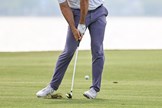You can forget about spin rate with your irons – focus on THIS instead
Last updated:
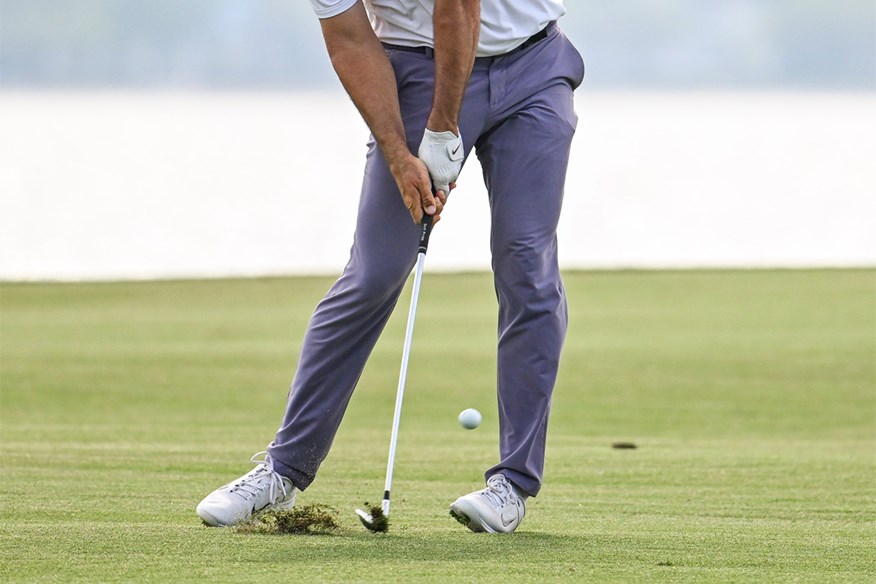
Traditional wisdom suggests that high spin is key to making approach shots stop quickly upon landing. But today’s club designs have flipped the script. Here’s why you don’t need as much spin as you think – and what really matters for distance, control, and consistency.
The traditional thinking around iron spin was simple: your irons should spin at roughly 1,000 rpm per club number. So a 7-iron would spin around 7,000 rpm, a 4-iron around 4,000 rpm, and so on.
But times have changed. Nowadays, most irons spin less than that longstanding calculation – many by a considerable amount.
The recent Today’s Golfer Irons Test tested 69 models – across all categories – and found the average 7-iron spin was just 5,327 rpm.
Spin clearly helps with control and being able to stop your shots on the green, so isn’t that a problem? Well, it would be, but iron design has changed.
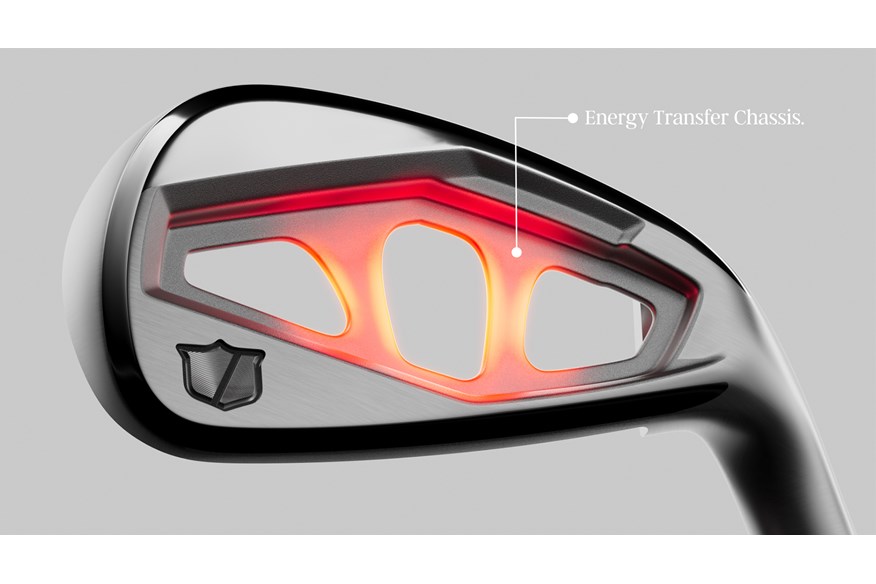
How iron design has changed
Most modern irons have a lower center of gravity (CG) than their older counterparts. A lower CG makes the ball fly higher. That higher flight gives brands the freedom to strengthen lofts, which means you get more distance, while still maintaining enough height for good carry distance and stopping power.
Yes, modern irons spin less – but they also launch higher and come down steeper, so they can still stop quickly when they hit the green.
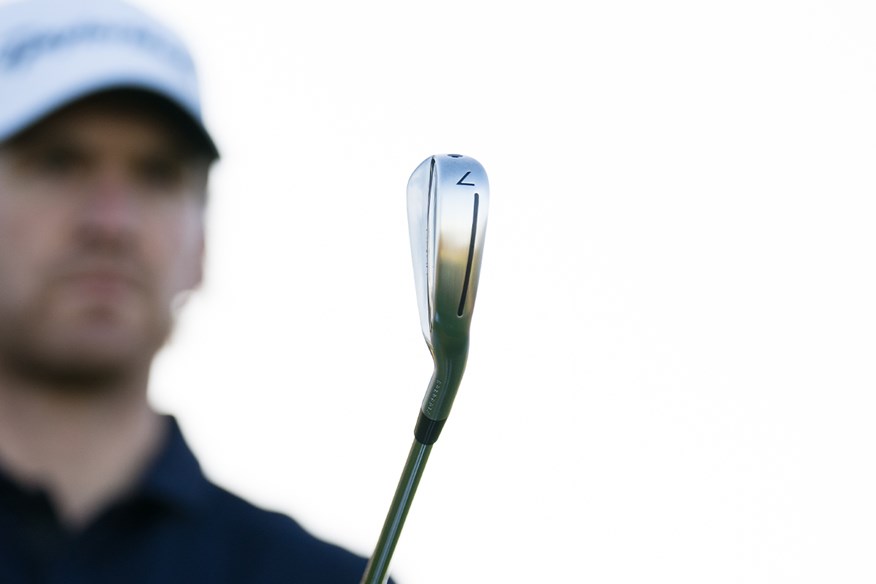
How much spin do I actually need?
If the old 1,000 rpm-per-club rule is out the window, what should you look for instead?
The key thing to keep an eye on is the descent angle. With a 7-iron, a good descent angle will be at least 45°, ideally closer to 46°.
Across the 69 irons tested, the average descent angle was 46.4°, but some dropped as low as 43.3°. Descent angle and spin rate are usually closely linked – spin helps the ball climb into the air – so it’s no surprise to see the shallowest descent angles coming from models that generated the least spin.
Here’s a breakdown of some of the steepest and shallowest descent angles seen in the irons test.
| IRON | LOFT | CARRY (YDS) | SPIN (RPM) | DESCENT ANGLE |
| STEEPEST | ||||
| Takomo 101 T | 32° | 171.3 | 6,167 | 48.4° |
| Cleveland Zipcore XL | 29° | 187.4 | 4,877 | 48.3° |
| Bettinardi CB24 | 33° | 170.7 | 6,349 | 48.2° |
| Takomo 301 CB | 34° | 169.3 | 6,566 | 48.2° |
| Cobra King Tour | 32° | 175.1 | 5,759 | 47.9° |
| Cobra King MB | 34° | 167.9 | 6,031 | 47.8° |
| SHALLOWEST | ||||
| Mizuno JPX Hot Metal Pro 925 | 28° | 183.4 | 4,167 | 44.5° |
| Callaway Elyte X | 28° | 187.9 | 4,362 | 44.0° |
| PXG GEN7 XP | 27° | 181.7 | 4,132 | 43.6° |
| PXG Black Ops | 28° | 185.4 | 4,147 | 43.4° |
| Wilson Dynapower | 28° | 193.1 | 4,165 | 43.3° |
Whilst descent angle and spin are generally linked, they are not dependent on each other. You could have a slightly low spin rate but a steep descent angle – or vice versa – and still stop the ball just fine.
Think of it like this:
- Descent angle = how far forward the ball bounces upon landing.
- Spin rate = how quickly the ball stops rolling.
Clearly, for maximum stopping power, you’ll want a steep descent angle and high spin rate, but that will mean a trade-off in distance, as shown in the table above.
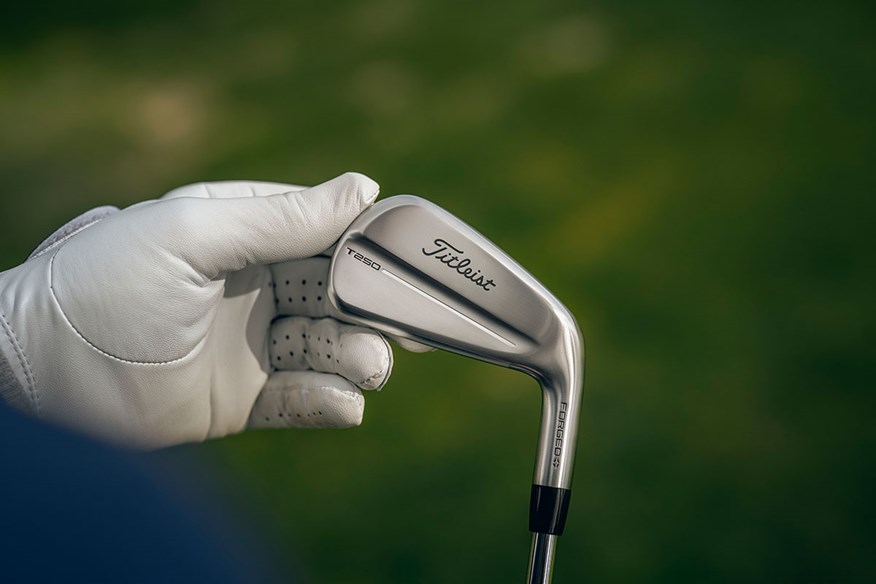
It’s all about balance
There’s always a trade-off. More spin and higher descent angles help shots stop faster – but often at the expense of distance.
The goal is to find a setup that flies far enough and offers you the forgiveness you need, while still producing a descent angle and spin rate that makes shots controllable.
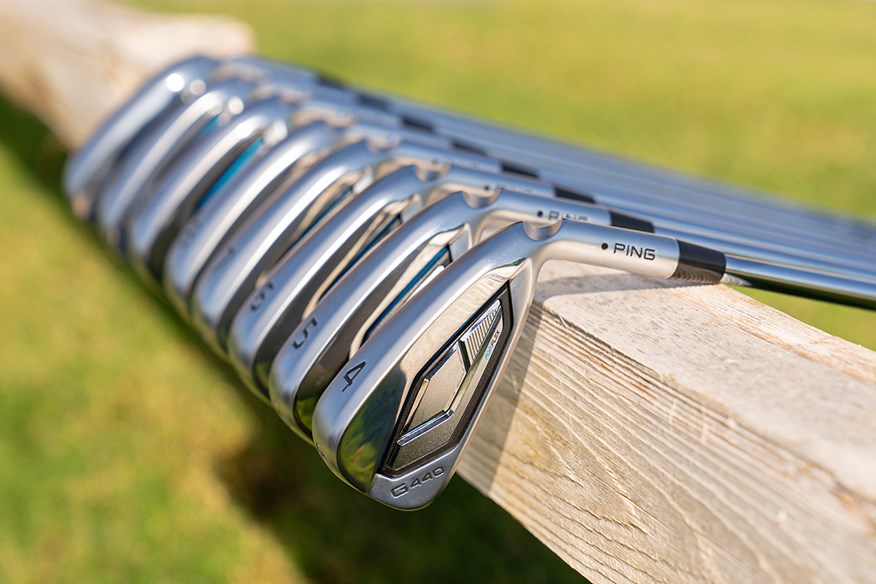
What this means for your game
If you’re playing modern irons, especially game-improvement or distance models, it’s time to stop worrying about matching those ‘ideal’ spin numbers from decades ago. Your clubs are doing a lot of the heavy lifting through design – getting the ball up, carrying it far, and landing it steeply enough to stop reasonably quickly – even with lower spin.
Instead of obsessing over spin numbers, shift your focus to what really matters: carry distance, descent angle, and consistency.
And remember, spin isn’t just about the club – it’s also about your swing, the ball you’re using, and the conditions you’re playing in. If you’re seeing shots that are running through greens or not stopping as expected, a session on a launch monitor can tell you whether it’s your equipment or your technique that needs tweaking. You could check out our Robot Golf Ball Test and pick a high-spin model.
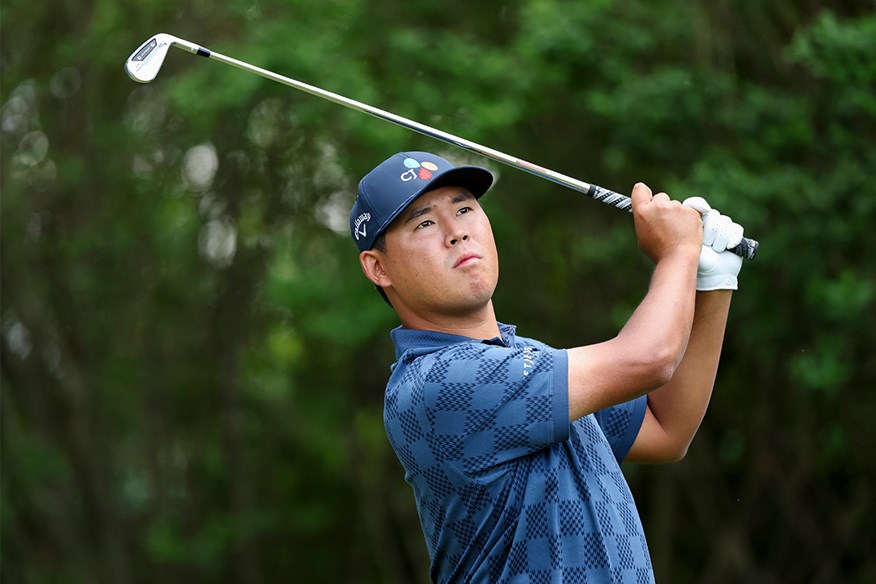
Final thoughts
Spin still matters. But you don’t need to chase high spin for the sake of it. The best irons for you are the ones that give you playable distances, consistency, and control. That means focusing on how the ball behaves when it lands, not just how fast it’s spinning in the air.
So next time you’re looking at iron numbers from a launch monitor, don’t panic if your 7-iron isn’t spinning at 7,000 rpm. As long as your descent angle is steep enough and you’re holding greens, you’re good to go.
And if you’re still unsure, our Best Irons Test is a great place to start – it’s full of data, real-world insights, and recommendations to help you find the right fit for your game.
